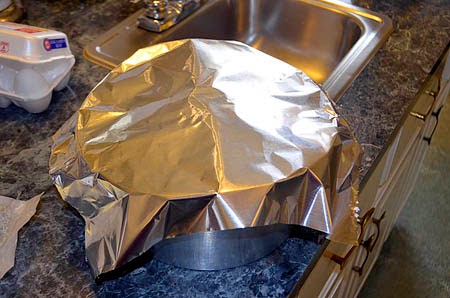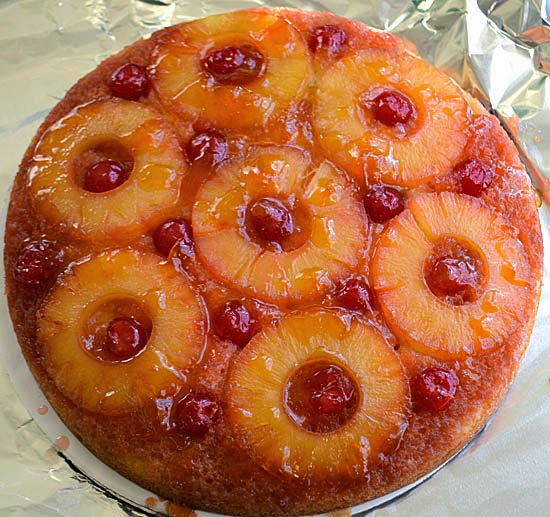Irish Whiskey Cake
Source: Maida Heatter's Cakes (Andrews & McMeel Publishing, 2011 ed.), pg. 159.
This is an old-fashioned fruit cake with the distinct taste of caraway seeds and the kick of Irish whiskey. If you do not like the taste of caraway, you can probably eliminate it or reduce it. I have to confess I usually do not like caraway seeds but I did not mind them in this recipe.
The recipe calls for diced candied orange peel but I used a diced candied mixture that I had purchased during the holidays for fruit cakes. It is very pretty when sliced. Allow it to chill before slicing and serving (see the note at the end of the recipe).
2 cups sifted all-purpose flour
1 tsp. baking powder
1/4 tsp. mace
1/4 tsp. salt
Finely grated rind of 2 lemons
1 TBS. plus 1 tsp. lemon juice
5 oz. (1 1/4 sticks) unsalted butter
1 tsp. vanilla extract
1 cup light brown sugar, firmly packed
2 eggs, separated
1/2 cup Irish whiskey (or Scotch, bourbon, whiskey or blend)
1/2 cup diced candied orange peel
1/2 cup light raisins
1 TBS. carraway seeds
3/4 cup pecans, cut into medium-sized pieces
1 TBS. additional butter (room temperature)
Preheat oven to 350 (use bottom rack). Butter a loaf pan (8.5"x 4.5" x 2.75" or one with 6-cup capacity). Dust with fine, dry bread crumbs.
Sift together the flour, baking powder, mace and salt. Set aside. Mix the lemon rind and juice and set aside.
 |
| Cream the butter and add the vanilla and sugar and mix. Add the egg yolks, one at a time, beating well. |
 |
| Add the sifted dry ingredients alternately with... |
 |
| the whiskey, ending with flour mixture. |
 |
| Stir in the lemon rind and juice. |
 |
| Add the candied orange peel (or candied mixture, if you are using that instead). |
 |
| Add the raisins. |
 |
| Add the nuts and the caraway seeds. |
 |
| Beat the egg whites in a separate bowl until they form peaks. Fold the egg whites into the batter. |
 |
| Transfer the batter to the prepared pan and smooth the top. Form a shallow trench lengthwise down the middle. |















































